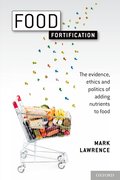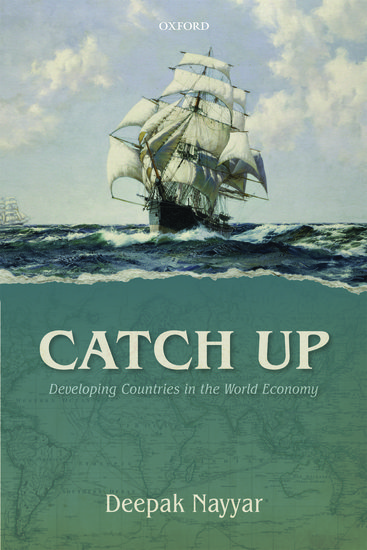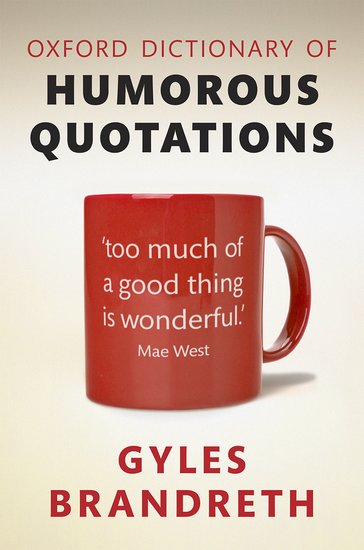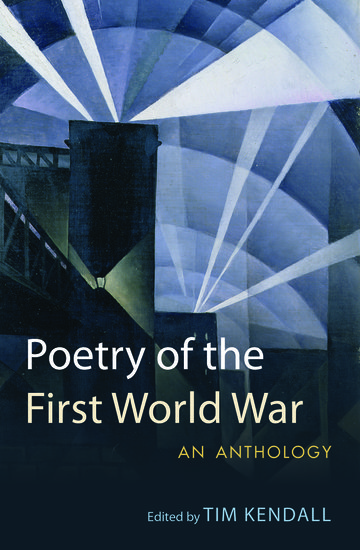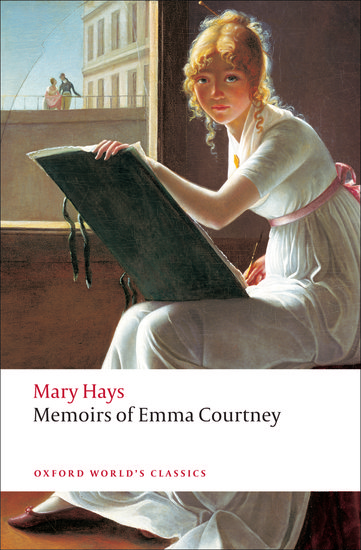“Deuce,” “doozy,” and “floozy.” Part 1
By Anatoly Liberman
Don’t hold your breath: all three words, especially the second and the third, came in from the cold and will return there. Nor do we know whether anything connects them. Deuce is by far the oldest of the three. Our attestations of it go back to the middle of the seventeenth century.

